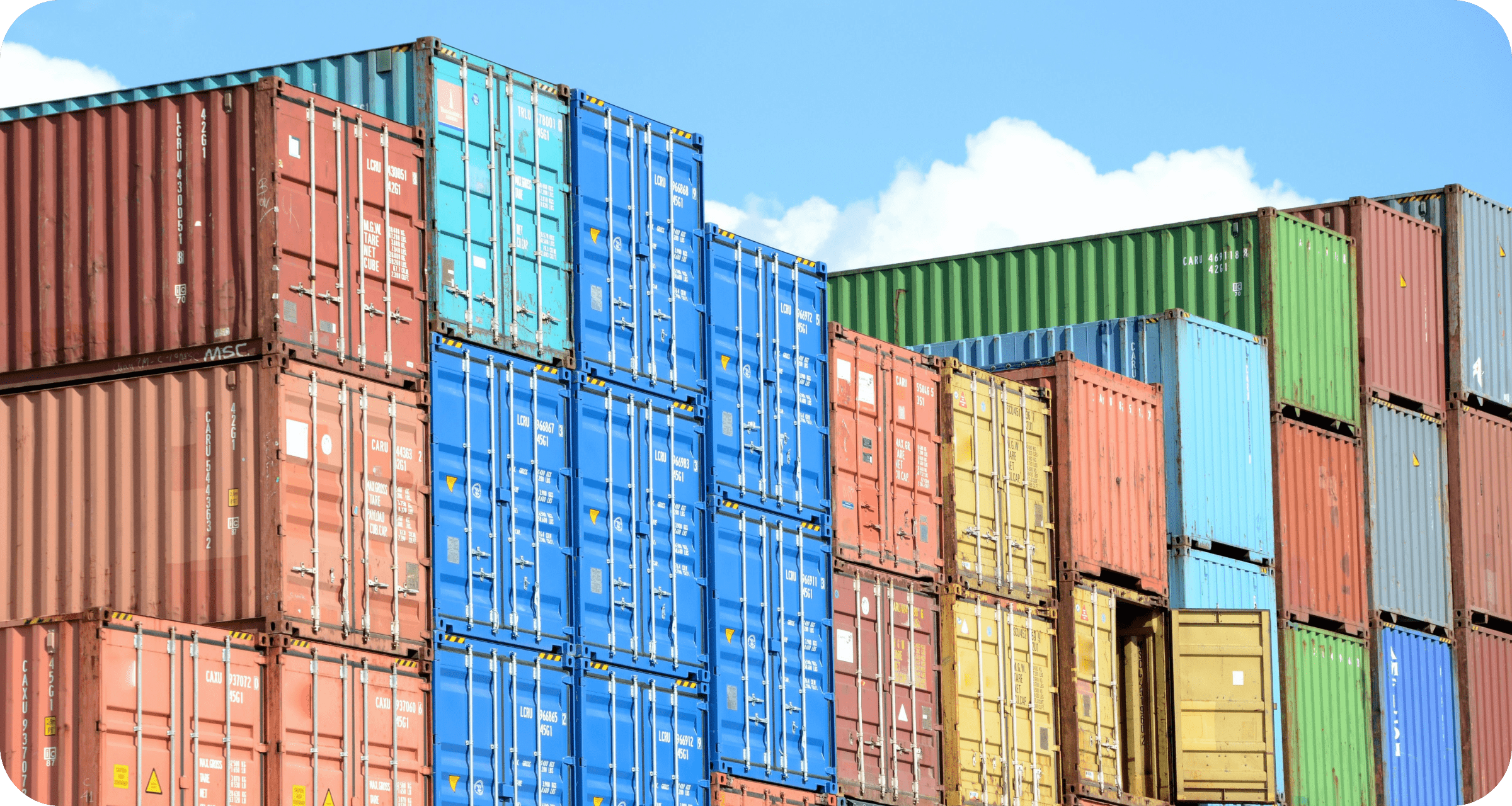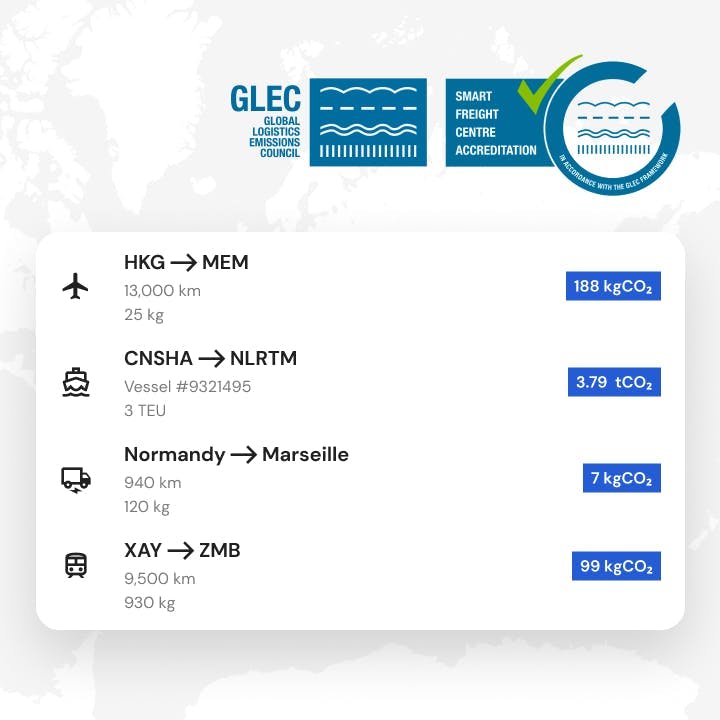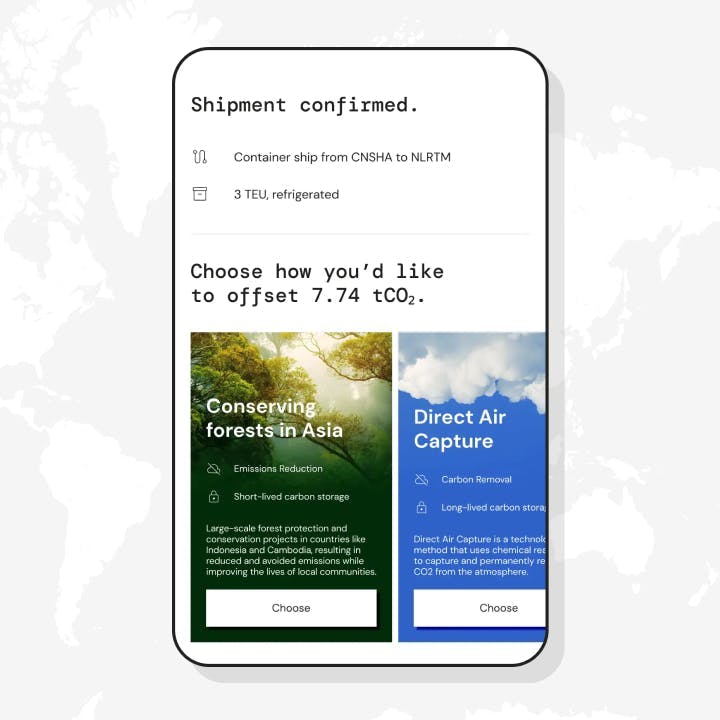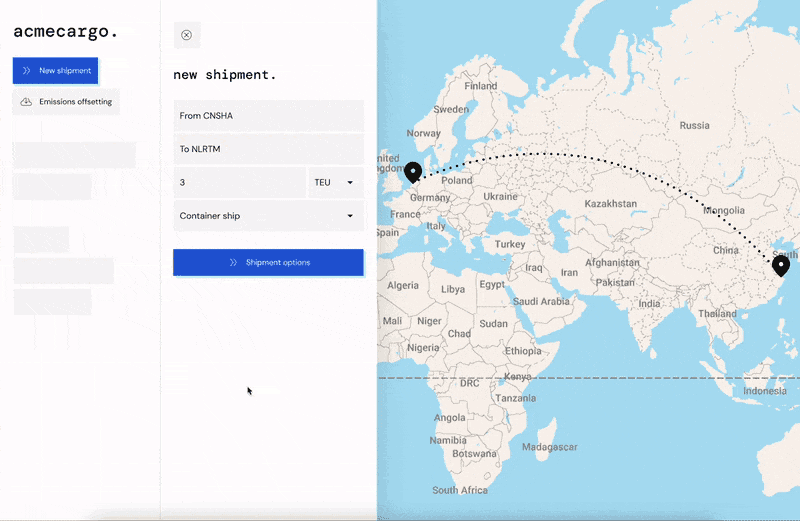

Is sustainable logistics a thing? As it stands, not so much...
Transportation – including logistics – is responsible for 16.2% of global greenhouse gas emissions (ourworldindata).
When you think about the global economy of today, that isn’t too surprising.
The vast majority of commerce businesses offer worldwide delivery.
And supply chains are worldwide too, with products and parts imported and exported across the globe on the daily.
As an example, in 2020 the UK imported $610 billion worth of goods and exported $371 billion – with cars, medicines, gold some of the top exported items.
Of course, transporting these goods from A to B comes with significant environmental impact from the fuel needed.
The time has come to address that, creating sustainable logistics solutions.
Climate is already firmly on the agenda for logistics.
The political momentum is there, with COP26’s Transport Day seeing commitments for cleaner fuels, green shipping corridors and more across the logistics industry.
And customer demand is there too, making climate impact a growth opportunity as well as the right thing to do. Consumers are looking for climate-friendly options, and that includes deliveries too. According to research by West Monroe, consumers are willing to pay 5% more for orders if they are delivered sustainably, and 76% would wait an extra day if it meant delivery via climate-friendly transport.
This customer demand means other businesses (the customers of logistics services) are also looking for sustainable options, so that they can differentiate – and that includes sustainable logistics solutions, ensuring their transportation and deliveries are clean and green.
Lune customer Forto are already seeing demand for their sustainable logistics option skyrocket, complete with automatic emissions calculations and offsetting.
And given the size and emissions of the logistics industry, the potential impact is huge. There are many opportunities to reduce emissions in logistics, from innovations in cleaner fuels and electric transportation to technology that prevents empty space on shipments. Beyond that, logistics companies are also perfectly placed to drive positive impact on a huge scale – bringing the vast number of merchants and end-customers they work with day-to-day with them.
Imagine if it became the default for business transporting goods to include positive climate impact? If every single product journey contributed to permanent carbon removal?
It would be truly game-changing – millions of companies would be working together to remove huge amounts of CO2 from the atmosphere.
But what would that actually look like? Well, logistics companies sit at the very heart of these product journeys, helping merchants to get their products from A to B – including choosing the route taken and type of transportation.
That brings with it two clear opportunities:
Subscribe for the latest insights into driving climate positivity
Opportunity 1: Route optimisation through emissions calculations 🧮
A logistics platform can automatically calculate the emissions of the options for a product’s journey, and show a green option with the lowest possible emissions.
Most logistics companies already give merchants the choice between fast or cheap delivery, so adding a green option would fit nicely into the existing customer experience. And better yet would be to make the green option the default option for merchants – making it 'opt out'.
Of course, if this is to become standard in logistics, we need to ensure those emissions calculations for logistics journeys are as accurate and consistent as possible, so we'd always recommend using the GLEC Framework by the Smart Freight Centre.

Opportunity 2: Automatically offset the emissions of a journey 🚢
Once the emissions of a journey have been calculated they can also be automatically offset within the logistics platform too – compensating for the carbon emissions produced by transporting or delivering products.
Using high-quality carbon offsets for this offsetting ensures every product journey contributes to the projects that are truly moving the needle on climate solutions.

The best part?
That both of these sustainable logistics solutions can be easily integrated into existing logistics platform using an API like Lune’s, just like we partnered with Forto to do.
As well as making a huge difference for the planet, Forto is already seeing the rewards in terms of differentiation and customer delight, with much higher than expected demand for their offsetting option – helping them close new deals.
Here's an example of what that integration of both emissions calculation and automatic offsetting might look like within the customer experience for a logistics platform:

Need to get senior leader buy-in to prioritise a sustainable solution?
Getting internal buy-in from senior leaders and decision makers to make sustainability a commercial priority isn't always easy. We'd recommend putting together a business case for a sustainable logistics proposition, aligned to your company's commercial goals and priorities. And to help you get started, we've put together a slide deck template for pitching the business case to your decision makers.
To access the slide deck template, fill in this form.
![The business case for sustainable logistics at [insert company name]](/_next/image?url=https%3A%2F%2Fimages.prismic.io%2Fluneco%2Ff8c647dc-047a-43ed-a625-5a5088d2bb51_business-case-logistics-header-min.png%3Fauto%3Dcompress%2Cformat&w=3840&q=75)
Popular insights
Popular insights



